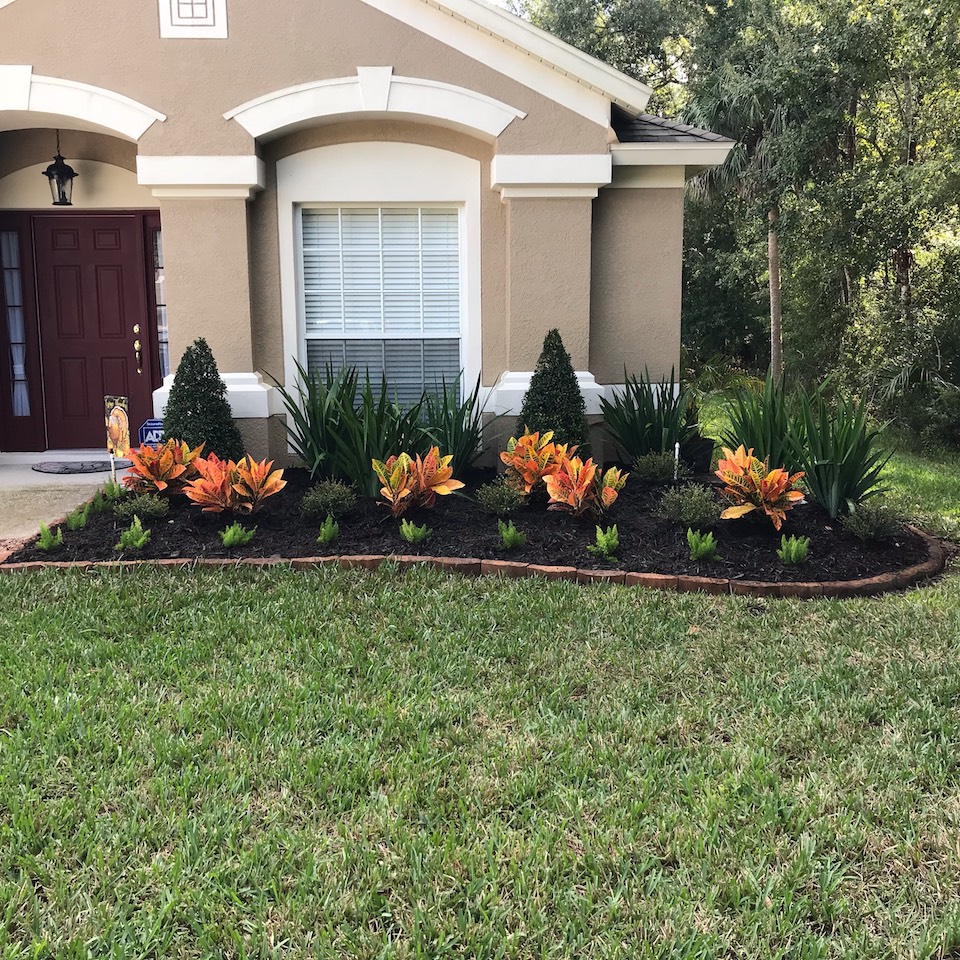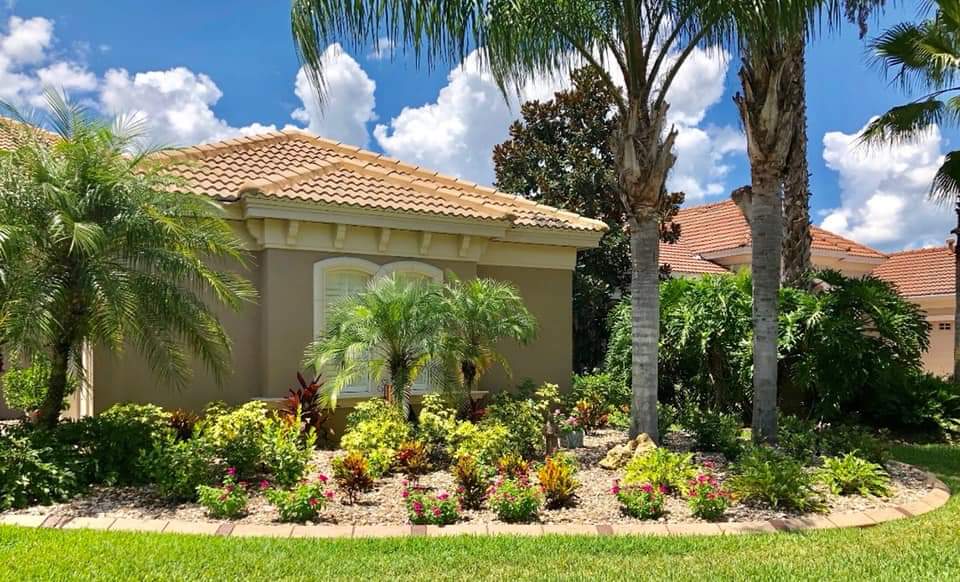Change Your Outside Room with Professional Palm Desert Landscaping Solutions
Change Your Outside Room with Professional Palm Desert Landscaping Solutions
Blog Article
A Comprehensive Overview to Designing and Implementing Effective Landscape Design Solutions
The art and science of landscaping prolong beyond simple appearances; they include a thoughtful combination of layout principles, environmental stewardship, and useful execution. What techniques can one use to guarantee these landscapes not only prosper however also prosper in consistency with their surroundings?

Comprehending Landscape Style Concepts
One may question what fundamental elements add to effective landscape style. At its core, successful landscape style pivots on numerous vital principles that lead the setup and choice of aspects within an area. These principles include unity, proportion, balance, and rhythm, each offering to develop a harmonious outside setting.
Unity refers to the natural relationship among various elements, ensuring that they collaborate cosmetically and functionally. Balance can be achieved through in proportion or unbalanced setups, permitting the landscape to really feel steady and welcoming. Percentage involves comprehending the range of aspects in regard to each various other and the surrounding environment, advertising aesthetic harmony and convenience.

Analyzing Your Outdoor Space
Before implementing the principles of landscape layout, an extensive evaluation of your outside space is crucial. This initial evaluation helps define the scope of your landscape design project and makes sure that your style aligns with the distinct qualities of your home. Begin by assessing the measurements of your room, taking exact measurements to recognize the available location for different aspects such as pathways, yards, and outdoor patios.
Following, observe the existing features of your landscape, including topography, soil high quality, and drain patterns. These factors considerably affect plant option and positioning. Furthermore, evaluate the sunshine direct exposure throughout various locations throughout the day, as this will certainly impact the kinds of plants that grow in your garden.
Take into consideration the microclimates produced by frameworks, trees, and various other challenges, as they can impact temperature and dampness degrees. Finally, keep in mind of any existing plants or hardscape aspects that you desire to remove or retain. This comprehensive examination lays the foundation for a reliable and educated landscaping remedy, making certain that your layout is not just visually pleasing yet additionally practical and sustainable for several years to come.
Sustainable Landscaping Techniques
These techniques not only advertise environmental equilibrium however additionally boost the useful and aesthetic worth of a landscape. Implementing reliable irrigation systems, such as drip watering, decreases water waste and guarantees that plants receive check here appropriate dampness (Palm Desert Landscaping).

Another reliable strategy is the tactical placement of trees and hedges to give natural windbreaks and shade, thus decreasing energy prices (Palm Desert Landscaping). Rain yards can be incorporated right into the landscape layout to manage stormwater runoff effectively, filtering system pollutants prior to they enter rivers
Picking the Right Plants
Selecting the right plants for your landscape is essential to achieving both aesthetic appeal and environmental consistency. The process begins with an understanding of your neighborhood environment, dirt conditions, and the details microenvironments within your landscape. Examining aspects such as sunshine direct exposure, moisture degrees, and existing flora will assist you pick plants that flourish in your special setting.
Consider integrating indigenous plants, as they are well-adapted to local conditions, require much less upkeep, and assistance local wildlife. In addition, picking a varied variety of species can improve biodiversity while lowering the danger of illness and insect episodes. It is crucial to review the development routines, growing periods, and seasonal shades of possible plants to develop a cohesive and vibrant landscape.
Additionally, consider the planned use the area; as an example, if the location will experience high foot web traffic, choose for resilient ground covers. By thoughtfully choosing plants that line up with both your aesthetic objectives and ecological needs, you can develop a lasting landscape that not just enhances your building but also contributes favorably to the surrounding environment.

Implementation and Upkeep Approaches
As soon as the best plants have actually been picked for your landscape, the focus changes to reliable application and recurring maintenance approaches. Successful setup starts with correct site address prep work, that includes dirt screening to determine nutrient degrees and pH, complied with by changing the dirt as required. Carefully set up plants according to their growth habits and light requirements, guaranteeing ample spacing to promote pop over to these guys healthy and balanced growth.
Watering is an important component of execution. Establish a watering routine that considers the particular demands of each plant types, changing for seasonal changes. Making use of drip watering systems can boost water performance and lower overflow.
Maintenance approaches need to be executed to make sure the longevity and vitality of your landscape. Routine jobs consist of weeding, mulching, and trimming to manage development and protect against illness. Fertilizing should be performed based upon dirt examinations, giving the necessary nutrients without over-fertilizing.
Checking for illness and bugs is important; early discovery can protect against considerable damage. Last but not least, seasonal adjustments to maintenance regimens, such as winterizing perennials and preparing for spring development, will make sure that your landscape continues to be aesthetically attractive and healthy year-round.
Final Thought
Effective application and recurring maintenance even more guarantee the long life and vitality of landscapes. By integrating these aspects, landscapes can be changed right into lovely, useful atmospheres that advertise biodiversity and add favorably to area health.
One might wonder what foundational aspects add to reliable landscape style. At its core, successful landscape style pivots on numerous key principles that guide the arrangement and choice of elements within a room.Picking the right plants for your landscape is critical to accomplishing both aesthetic appeal and ecological consistency. It is vital to assess the growth practices, growing periods, and seasonal shades of potential plants to produce a cohesive and vibrant landscape.
Once the appropriate plants have been picked for your landscape, the emphasis shifts to reliable execution and continuous upkeep techniques.
Report this page